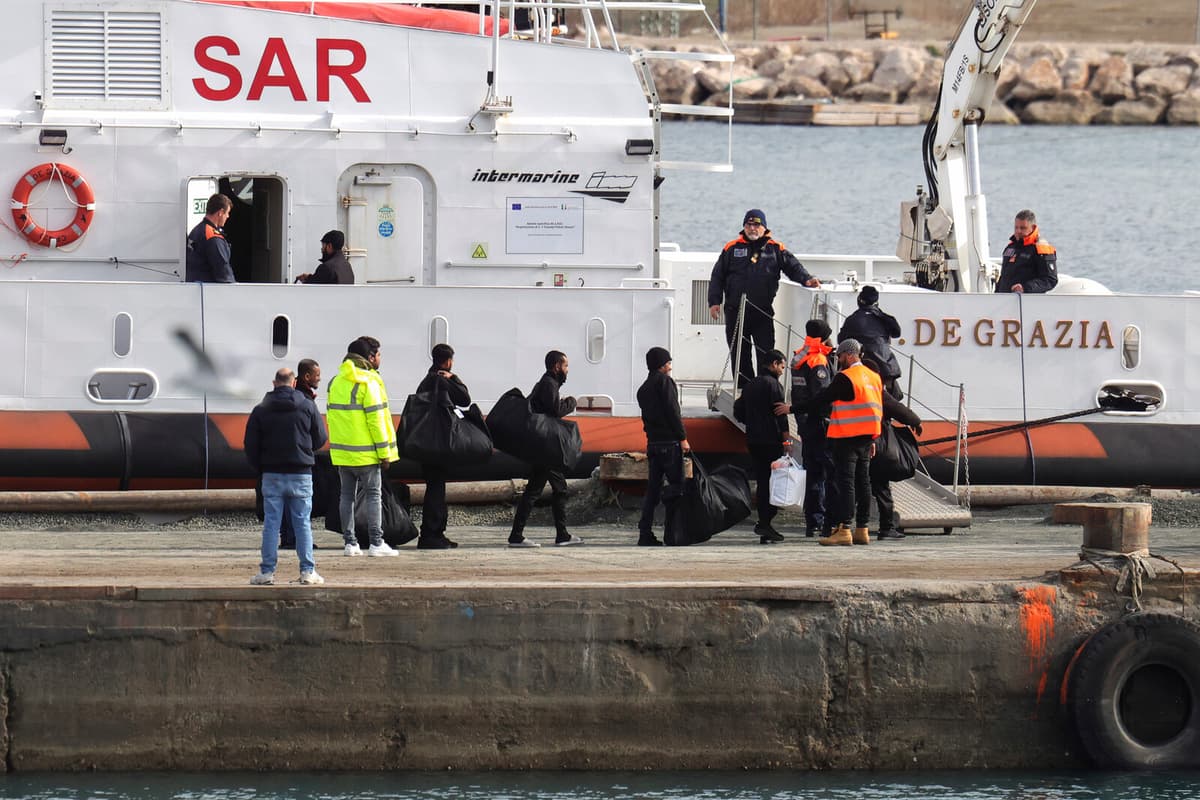The migrants were transported by boat from the port of Brindisi to Albania on Friday. Their nationalities or other details have not been disclosed.
Italy and Albania entered into an agreement in the autumn of 2023, which means that Italy is allowed to build and operate asylum centers in Albania, where the idea is to hold migrants who are stopped in the Mediterranean while they wait for their asylum applications to be processed.
In late March, Prime Minister Giorgia Meloni's far-right government approved the use of the camps, with a capacity of 3,000 people, also as detention centers for individuals with deportation orders who have been denied asylum.
The facilities in Albania were completed in October, but earlier transfers of migrants have been stopped by Italian courts. This is due to the fact that the migrants came from countries that are not considered safe and therefore cannot be sent back.
Italian courts have turned to the EU Court of Justice (ECJ) for guidance. A definitive ruling is expected at the earliest by the end of May, but on Thursday, one of the court's advocates general proposed a solution that opens up the possibility for Italy to continue with the operation.
According to the proposal, an EU country can declare another country safe enough to send migrants back to, provided that there is clear information about why and which categories may need to be exempted.
However, it is emphasized that only countries with "democratic systems" where the majority of the population is protected can be defined as safe.
The process is being closely followed by several other EU countries, including Sweden, which has expressed interest in similar systems.





